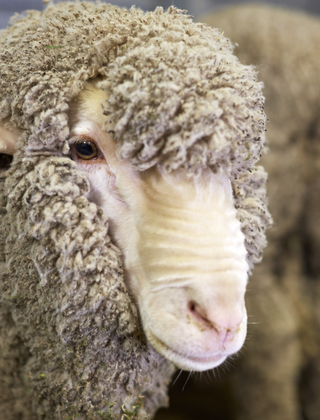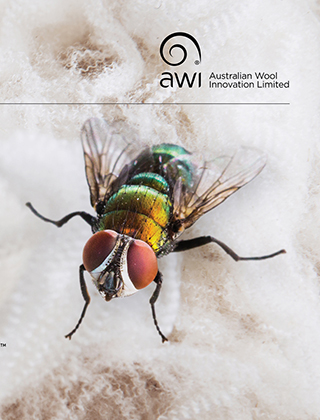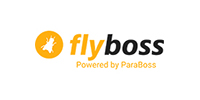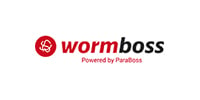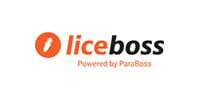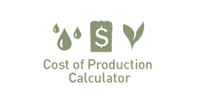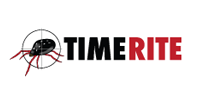Weaning – setting up for success
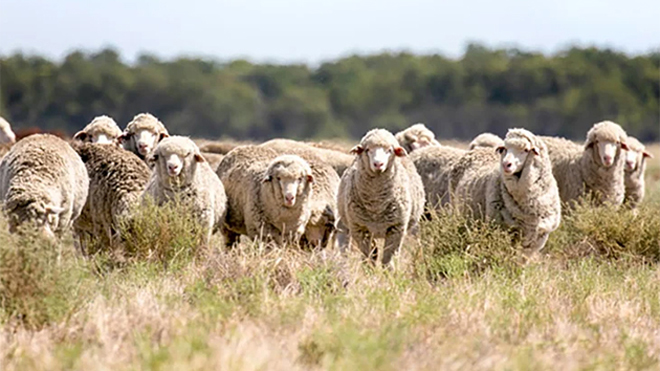
Weaning is a significant event in the management calendar. At a time when both lamb and ewe productivity is on the line, there are a number of key components to consider, writes Alison Desmond of AWI Extension VIC and BestWool/BestLamb.
Weaning is crucial for both lamb and ewe productivity. The aim of the sheep industry is for a survival rate from weaning to one year of age of 95% or better.
Joining length, feed quality, ewe condition, time of weaning, target weaning weight and average daily weight gain all play a role in the success of weaning. While effective management and timely weaning supports the lifetime productivity of the lambs, it also allows the ewes to recover condition before the next joining period.
Time of weaning
Did you know a ewe reaches the peak of her lactation about 20–30 days after she lambs? Yet the lamb’s requirements continue to increase well beyond what she’s capable of providing. By 12–14 weeks after lambing, the ewe is providing a very small proportion of the nutritional requirements of the lamb (Figure 1).
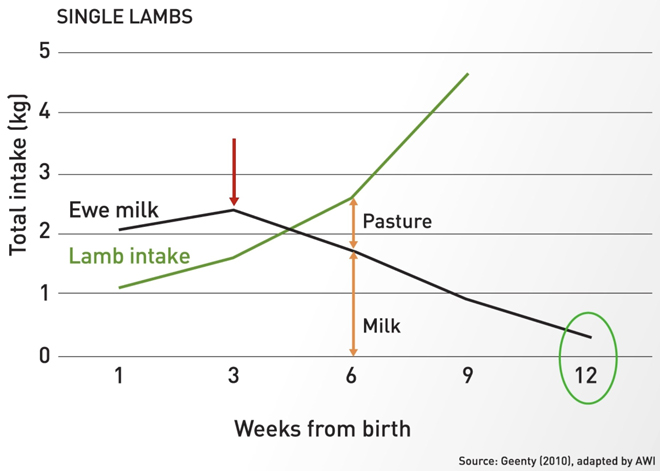
Figure 1: Ewe milk production peaks and pasture becomes increasingly important
The recommended weaning age is no later than 14 weeks after the start of lambing; however, lambs can be weaned at 8–10 weeks or even earlier if appropriately fed and managed. Lambs that are weaned early should be marked, given at least four weeks to heal if mulesed, and be at least 10 kg. It is important to feed early weaned lambs a diet with appropriate levels of protein and energy.
When seasonal conditions are tough and pasture availability is low over lambing, early weaning of lambs is a useful management option. Early weaning reduces the total feed requirements of the flock, because ewes and lambs can be fed and managed to their differing nutritional requirements.
Other benefits of early weaning include:
- Preventing ewes from losing further condition, as stopping lactation reduces the ewe’s energy requirements.
- Reducing the ewe’s energy requirements, reducing feed costs, and improving the efficiency of feed use.
- Extra time for the ewes to regain condition before their next joining, increasing their reproductive performance next year.
- Targeted nutrition for the weaners to optimise growth rates.
- Reduced worm burdens of the lambs as they are removed from contaminated pastures.
- Increased wool production from the ewes and lambs.
Importance of imprint feeding
Imprint feeding encourages lambs to readily eat supplementary feed after they are weaned. This is an important tactic before weaning, regardless of whether you are early weaning or not.
Ewes and lambs are required to be supplementary fed several times over a few weeks in the lead up to weaning, to allow the ewes to teach the lambs the feed is safe to eat. It is important to imprint them using the method of feeding (self-feeders, trail feeding) and the type of supplementary feed that you plan on feeding the weaners and ensure that 90% of lambs are eating the supplementary feed on offer.
Imprint feeding can significantly reduce the time it takes for lambs to adjust to a new feed source and minimises the risk of shy feeders, which puts them at risk of lower growth rates while they adapt.
Target weaning weight and growth
While the timing of weaning is critical, the liveweight of the lambs at weaning is just as critical. There is a direct correlation between liveweight of weaners and weaner survival, as shown in Figure 2. Target weaning weight (TWW) is 45% of your ewe’s standard reference weight (SRW). SRW is the average weight of your mature ewes when not pregnant, bare shorn, in condition score 3, with no gut fill. You can calculate the SRW of your flock using the simple calculator found at wool.com/weaning.
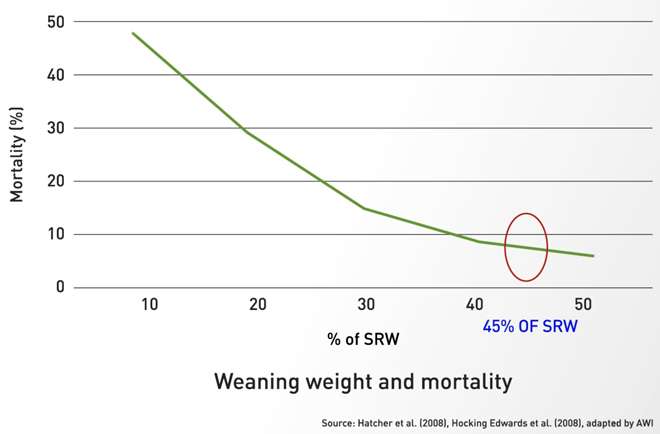
Figure 2: Higher weaning weights reduce mortality
The target growth rate for weaners to reduce the risk of mortality is at least 50 g/hd/day or 1.5 kg/month. Small increases in weaning weight and growth rates post-weaning significantly improve weaner survival. For example, a 14 kg weaner has a 34% lower mortality risk than a 12 kg weaner, and a 20 kg weaner has a 22% lower mortality risk than an 18 kg weaner.
It is important to weigh weaners at weaning and then monitor the weights at least every 4–6 weeks after weaning to ensure target growth rates are being achieved.
Ewe weaners must have sufficient growth rates to reach their liveweight targets to ensure adequate conception at first joining, regardless of their age.
A timely and well executed weaning will have a positive impact on the joining performance of the ewe the following year and a positive impact on the lifetime reproductive performance of their lambs.
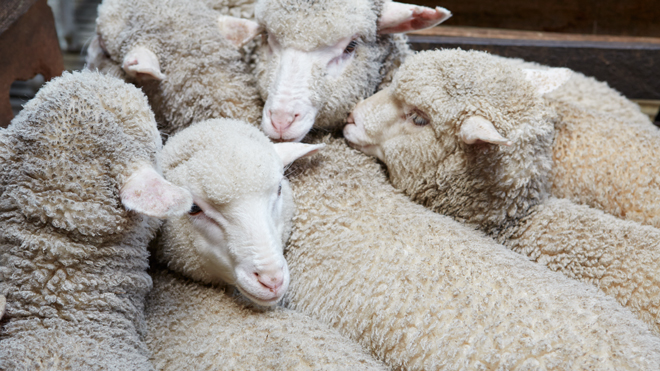
Merino weaners need to reach bodyweight targets to ensure the highest survival rates. Ewe weaners need to reach growth targets to achieve satisfactory reproduction performance as maiden ewes.
AWI weaner management resources
The AWI website provides a range of the information resources to help woolgrowers identify key management strategies to improve the lifetime performance of their Merino weaners:
AWI Winning With Weaners workshop
A one-day workshop that helps woolgrowers identify key management strategies to improve the lifetime performance of their Merino weaners. It is available through the state-based AWI Extension Networks. In a March 2024 Beyond the Bale article (available on the website), woolgrowers Tony Overton of Walcha and Rob Kelly of Guyra explained how their Merino enterprises benefitted after they attended a Winning With Weaners workshop.
AWI Winning With Weaners workshop online
A one-hour, condensed version of the above workshop, which is available as a recorded webinar.
Making More from Sheep (MMFS) Module 10: Wean More Lambs
This module of the MMFS best practice guide provides the framework and guidelines to set in place all the important management steps to improve flock reproduction rates and lamb survival to weaning.
AWI Change Makers (Episode 2): Weaning to manage
A 5-minute video outlining some key practical management tips.
Downloadable tools
The website provides access to these useful tools in PDF format:
- Standard reference weight (SRW) calculator – enables you to calculate the SRW for your flock, allowing for more accurate feed budgeting and management decisions.
- Weaner management checklist – a checklist of the key management practices and targets for a thriving weaner mob.
- Feed budget tables for Merino weaners – enables you to first set your target weaning weight (TWW) and growth targets, then understand your weaners’ requirements based on the quality and quantity of feed you have available.
More information: www.wool.com/weaning
Industry recommendations to lift weaner performance
- Your minimum target weaning weight (TWW) is 45% of your ewes’ standard reference weight (SRW), the average weight of your mature ewes when not pregnant, bare shorn, condition score 3, no gut fill.
- Have a 5-week joining period to avoid a tail in the weaner mob.
- Imprint (train) lambs to eat supplementary feed prior to weaning.
- Use best practice lamb marking procedures (hygiene, vaccination, anaesthesia and analgesia, etc).
- Wean no later than 14 weeks from the start of lambing.
- Manage lighter weight lambs separately and feed them to achieve the target growth rates ASAP.
- Wean onto high quality pasture where possible and/or supplementary feed.
- Provide high quality, clean drinking water.
- Ensure good internal parasite control (monitoring and effective drenching).
- Regularly monitor weaner liveweight to reach target growth rates.
This article appeared in the Spring 2025 edition of AWI’s Beyond the Bale magazine that was published in September 2025. Reproduction of the article is encouraged.






